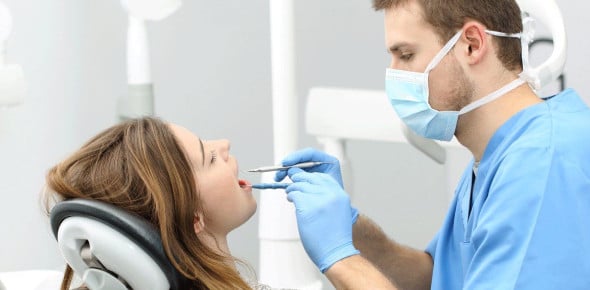MCQs 184 Community Dentistry 3dd. Prof.Vorn Vutha 1st Semester
- ADA
- WHO Oral Health
2.
You may optionally provide this to label your report, leaderboard, or certificate.
×
Thank you for your feedback!
















